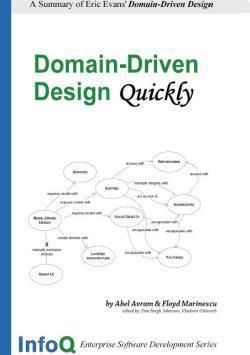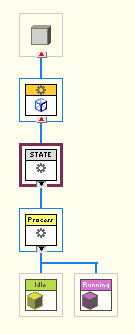
Design Patterns
A collection of 16 posts





Keystone Pattern
Reading the Continuous Delivery book recently has got me thinking a lot about ways to achieve continuous integration while still adding new features. The book suggested Branch By Abstraction as a way to avoid stepping on each other’s toes. It also mentioned the Keystone pattern.
The real problem the


Gang Of Four Patterns in LabVIEW
I have written a bit about the GOF design patterns previously. Recently Tom McQuillan and I were talking about how it would be nice to have examples on how to implement the patterns in LabVIEW. To be fair, Elijah Kerry put together some great examples several years ago, but he


Test Doubles In Action
In the last post, I talked about Test Doubles and some various types that we can use and how to implement them. The next obvious question is how do we actually use them in our tests.
Dependency Injection
Understanding Test Doubles first requires understanding the concept of dependency injection. This

Intro to Test Doubles
It’s no secret that many Hollywood actors use stunt doubles. These are specialists that from the outside look and behave like the stars, but have unique talents. The actors do most of the heavy lifting in terms of acting, but for fight scenes, car chases, jumping off buildings, etc.


A Business Case For Applying Design Patterns
This is my fourth article in a series on the Gang of Four book on Design Patterns. I thought four was an appropriate number of articles. Here are links to the first 3 articles:
1. Design Patterns – A Review
2. OOP Design Patterns in Actor Framework Part 1
3. OOP



Design Patterns - A review
I recently finished reading “Design Patterns: Elements of Reusable Object-Oriented Software” by Erich Gamm, Richard Helm, Ralph Johnson, and John Vlissades. Due to its popularity, the length of the title, and the fact that it has 4 authors, it is affectionately known as the “Gang of Four” book or GOF